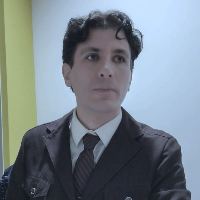Retrieving and Documenting the Changes in the Form and Function of Sheikh Lotfollah Monument Based Upon Descriptive and Visual Documents and Oral History Studies
Problem statement:
Sheikh Lotfollah is a prominent building that dates back to the Safavid era. In different periods, various interventions have changed some parts of the building’s original form. Despite the international value of the Sheikh Lotfollah monument, no complete documentation of its changes and interventions has been carried out so far. Revealing hidden and undiscovered aspects of the form and function of Sheikh Lotfollah can identify any inappropriate interventions done in the past. On the other hand, it can pave the way to preserve this building for posterity.
This article aims to display the transformations of unique and little-known features of Sheikh Lotfollah for the first time.
This research attempted to present the transformation process of this building by analyzing related descriptive and visual documents in the order of the year. In addition, some of the unwritten features of Sheikh Lotfollah were documented by interviewing people who had been involved in its conservation from the past until now. Moreover, the main part of this research was done with a detailed field survey of each part of this building. Ultimately, all the analyses were implemented on the maps.
This research revealed that some sections of Sheikh Lotfollah were separated from it over time and dedicated to other functions. Consequently, the changes in the access point to the building brought about changes in the original plan of the building. It is noteworthy that there have been many other changes in the facade and form of the building.
-
A Comparative Study of Qalah Sangi Parand and Haj Kamal Caravanserais on the Way to the Silk Road: A Solution for Retrieving the Lost Parts
Tooraj Khosravi Javid, *
Journal of Revitalization School, -
Analyzing the Effect of Arithmetic and Geometrical Features on Karbandis’ Drawing Process Based on the Approach of Achieving New Optimal Drawing Methods
Shahrzad Ainechi*,
Journal of Research on Archaeometry,



